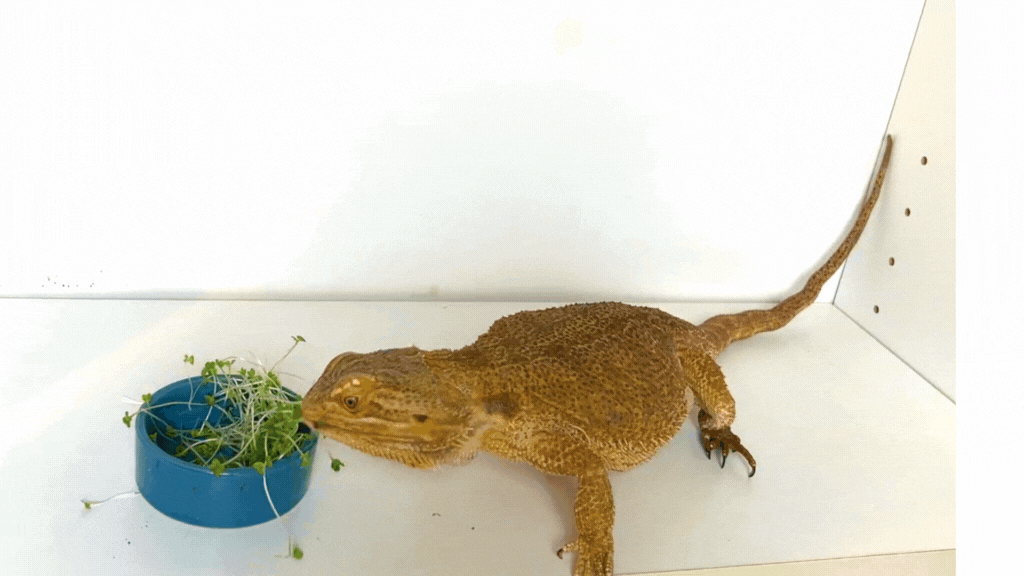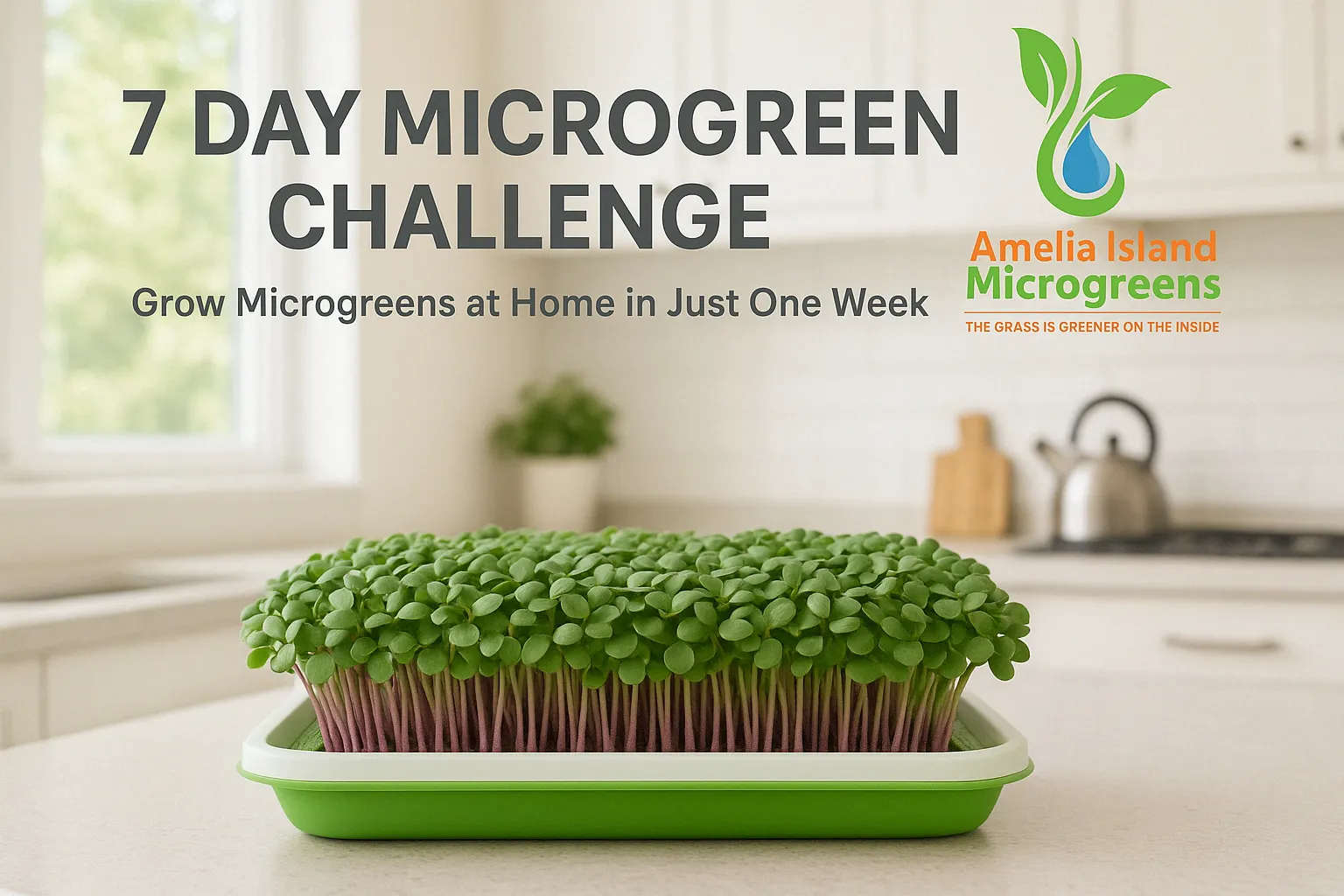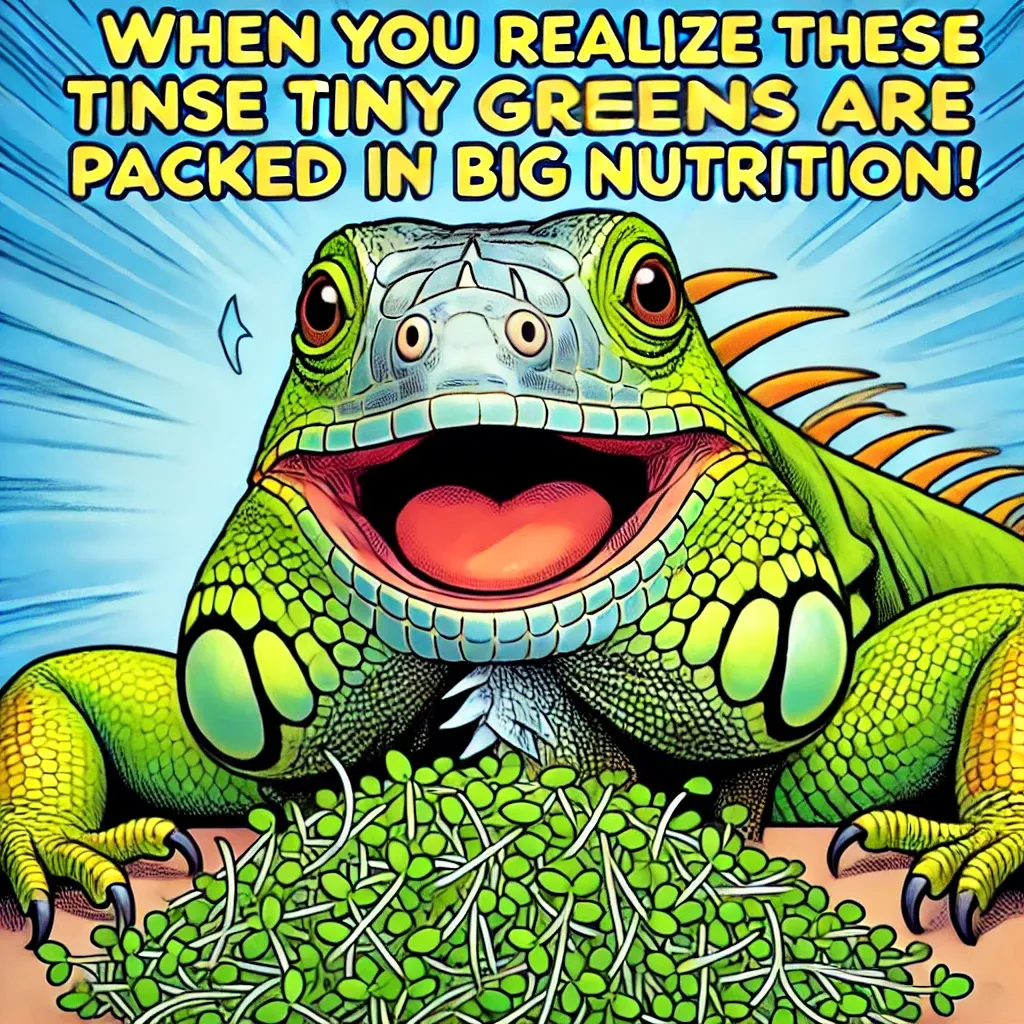Why Reptile Microgreens are a Game-Changer: A Step-by-Step Guide to Better Nutrition for Your Reptile

When it comes to caring for reptiles, nutrition is the cornerstone of their health and vitality. But did you know that most store-bought vegetables might not be giving your reptile the nutrients they need? Enter reptile microgreens—a 40% more nutrient-dense alternative to mature vegetables that can be grown fresh in just 7 days. These tiny greens aren’t just packed with vitamins; they’re free from harmful chemicals and pesticides, offering a safer, healthier option for your beloved reptilian companion.
In this post, we’ll dive into the transformative power of microgreens for reptiles and show you how to easily grow them at home. Plus, we’ll explore why switching to fresh, live food could improve your pet’s health and energy levels in ways you never thought possible. Keep reading to discover the secret to happier, healthier reptiles—and don’t forget to check out the embedded video for a full walkthrough!
Join the Jurassic Greens Kickstarter to bring innovative microgreen solutions to reptile owners everywhere! Text “REPTILE” to 26786 to receive exclusive tips and updates—and take the first step toward transforming your reptile’s health.
Why Microgreens Matter for Reptiles
Reptiles consume small quantities of food, making every bite count. Microgreens, with their higher nutrient density compared to store-bought produce, provide a significant boost to their diets. Unlike vegetables that may have been harvested weeks ago and treated with harmful pesticides, microgreens offer a fresh and safe alternative.
In this video, Connor from Jurassic Greens shares how microgreens helped his bearded dragon, Dart, regain her energy and vibrancy. Stories like Dart's are a testament to the power of proper nutrition. Whether your reptile is sluggish, experiencing health issues, or just not thriving as they should, microgreens might be the missing piece in their diet puzzle.
How to Grow Microgreens at Home
Growing your own microgreens is incredibly simple, even for beginners. Here’s how to get started:
- Choose the Right Seeds: Opt for pathogen-tested, high-quality seeds. Organic, heirloom, and non-GMO options are excellent, keep in mind that pathogen tested seeds are a MUST.
- Prepare Your Tray: Use a breathable two-tier tray system to prevent mold and ensure proper ventilation.
- Plant and Water: Spread your seeds evenly on a layer of coco coir. Mist with water daily for the first three days, keeping the tray covered with foil or a lid.
- Let There Be Light: After three days, uncover the tray and place it near a window or under a grow light. Ambient light is enough to encourage growth.
- Harvest with Care: Once your microgreens are ready, harvest only what you need. This keeps the rest growing, ensuring maximum freshness.
In just 7 days, you’ll have a tray of lush, nutritious microgreens ready to elevate your reptile’s meals!
The Importance of Proper Tools and Materials
Connor emphasizes the significance of using the right tools, such as pathogen-tested seeds and proper trays. Using high-quality coco coir ensures a sterile environment, while the two-tier tray design reduces the risk of mold.
Not ready to DIY everything? Jurassic Greens offers a microgreen kit tailored for reptile owners, complete with everything you need for a hassle-free experience.
Transform Your Reptile’s Health Today
Curious about the changes microgreens can bring? Watch the embedded video for a detailed, step-by-step guide to growing microgreens at home and learn why they’re the ultimate addition to your reptile’s diet. You’ll also discover exclusive tips, like maintaining a planting rotation and choosing the best blends for your pet.
Join the Jurassic Greens Kickstarter to bring innovative microgreen solutions to reptile owners everywhere! Text “REPTILE” to 26786 to receive exclusive tips and updates—and take the first step toward transforming your reptile’s health.
Reptile microgreens are more than just a food source—they’re a way to connect with your pet’s well-being on a deeper level. By growing your own microgreens, you’re ensuring your reptile gets the freshest, safest, and most nutritious food possible. Whether you’re a first-time microgreen grower or an experienced hobbyist, this simple addition can make a world of difference.
So, what are you waiting for? Start growing today and see how your reptile’s health transforms!
Do you have a reptile? Tell us their name and favorite treat in the comments below! Let’s inspire each other to provide the best care for our scaly companions.
Want to learn more about harvesting microgreens? Don’t miss Connor’s next blog post, where he dives into advanced tips for growing and storing your greens for optimal freshness.




































































